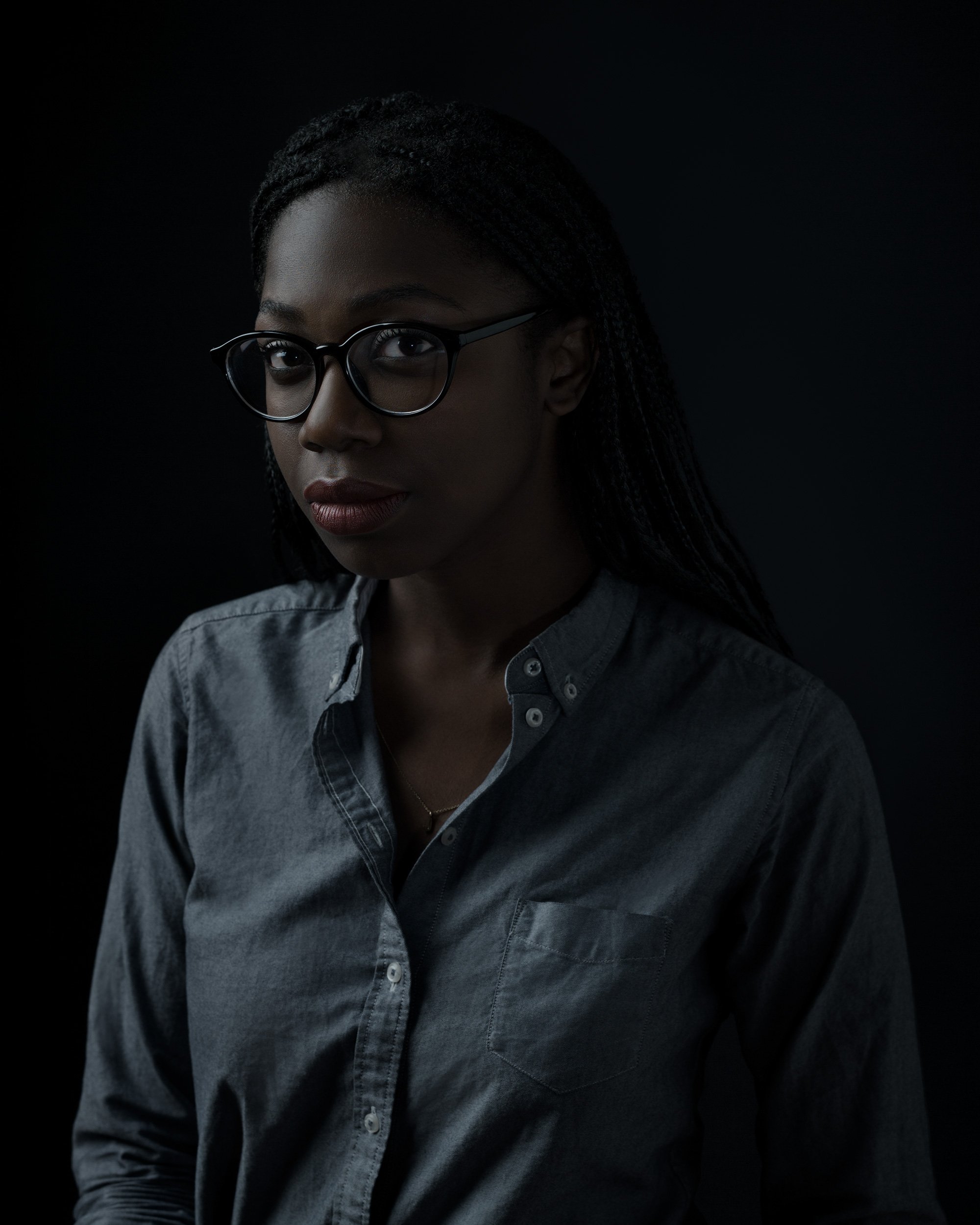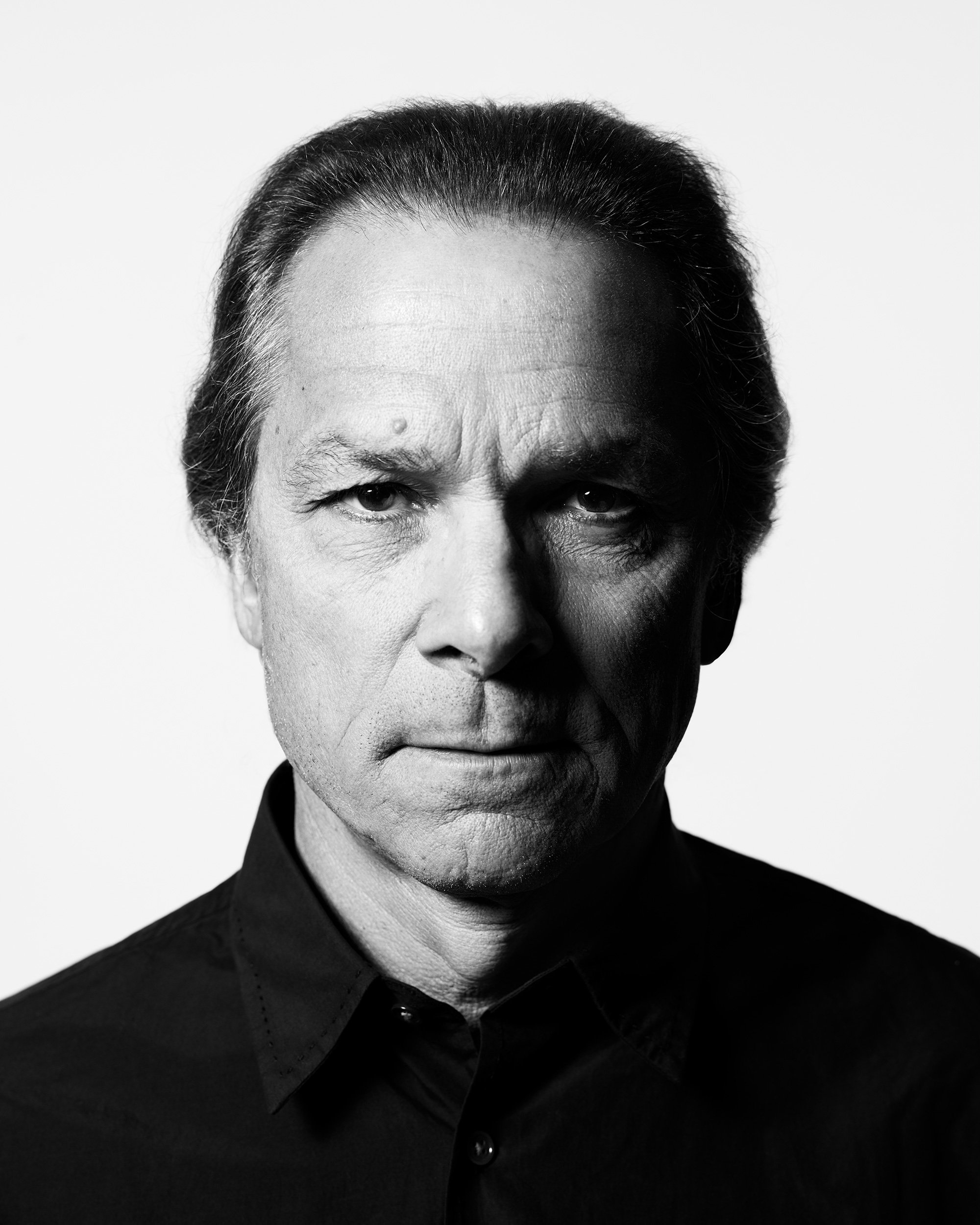Headshot Lighting Guide: Dramatic Lighting
How to use Light & Shadow To Create Interest
Dramatic lighting in photography can transform a simple headshot into something far more engaging and memorable. Dramatic lighting adds emotion to portraits, giving your image depth, mood, and intensity (TYX Studios). If you’ve ever watched movies like The Godfather or studied the works of artists like Rembrandt or Caravaggio, you’ve seen how powerful light and shadow can be. These artists use light and shadow to create a mood, evoke emotion, and tell a story—and the same principles can be applied to headshots. Dramatic lighting isn’t just about aesthetics; it’s about adding depth and character to your image.
While dramatic lighting might not suit every profession or personality, it can be a fantastic way to bring creativity and intrigue to your headshot. Let’s explore how this style works, when it’s appropriate, and why it’s a powerful tool in headshot photography.
What is Dramatic Lighting?
Dramatic lighting involves the strategic use of light and shadow to create contrast and highlight specific areas of the face or subject. Unlike flat, even lighting that illuminates everything evenly, dramatic lighting adds depth by playing with highlights and shadows. This creates a more three-dimensional effect, giving the image more texture and visual interest.
In headshot photography, dramatic lighting can enhance your facial features, draw attention to your eyes, and create an air of mystery or intensity. It’s a technique that brings your headshot to life, turning a static image into something that feels dynamic and engaging.
Do not confuse dramatic lighting with artificial light as you can use natural light the same as artificial light to create quite dramatic images.
Dramatic Lighting in Film and Art
The idea of using light to create drama is not new. Filmmakers and artists have been using this technique for centuries. Take The Godfather, for instance. The iconic scenes in this film often feature high-contrast lighting, with shadows obscuring parts of characters’ faces. This lighting style adds tension, creating a sense of mystery and power.
Similarly, artists like Rembrandt and Caravaggio used light and shadow—known as “chiaroscuro”—to add depth and emotion to their paintings. In Rembrandt’s portraits, you’ll notice the light falling softly on one side of the face while the other side is cast in shadow (there is actually a lighting style called “Rembrandt Lighting”). This creates a dramatic yet subtle effect, bringing the subject’s personality to the forefront. Caravaggio took this even further, using stark contrasts between light and dark to evoke intense emotion and draw the viewer into the scene.
By drawing on these techniques, dramatic lighting can make your headshot stand out from more traditional, flat-lit images.
Dramatic lighting can be either soft or hard. In the examples at the top of the page, both images have dramatic shadows, however one has soft shadows while the other has hard shadows. Soft shadows will be less harsh to the subject while harder shadows can show every detail (I can see some of you cringing at that idea now).
The Power of Creativity in Headshots
When it comes to headshots, most photographers stick to safe, traditional lighting setups—often bright, even lighting on a neutral backdrop. While this approach works, it can also make your headshot blend in with thousands of others. Creativity is what sets exceptional headshots apart from the crowd, and dramatic lighting is one way to inject that creativity into your image.
At S72, I believe creativity is essential to crafting headshots that resonate. Your headshot should reflect you—your personality, your brand, and your uniqueness. That’s why I offer lighting styles like dramatic lighting for clients who want to add depth, interest, and even a bit of mystery to their headshots. Not every headshot needs to follow the same formula, and trying something different can lead to a far more memorable and effective image.
When is Dramatic Lighting Appropriate?
Dramatic lighting isn’t for everyone, and it’s important to know when this style will work best. Typically, dramatic lighting suits professions or industries where creativity, boldness, and individuality are key. For example, if you work in a creative field like film, art, design, or fashion, dramatic lighting could be the perfect way to express your personality.
This style can also work for entrepreneurs or business leaders who want to present themselves as innovative, strong, or even a bit enigmatic. However, for roles in more conservative industries—like law or finance—you might want to opt for a more traditional lighting setup that emphasizes approachability and professionalism.
That said, the beauty of dramatic lighting lies in its flexibility. The level of drama can be adjusted to fit your personal or professional brand. Even in more traditional settings, a subtle use of dramatic lighting can add a touch of depth and intrigue to your headshot without being overpowering.
Quality and Creativity Matter
A headshot is more than just a picture of your face—it’s a representation of who you are. That’s why quality and creativity are so important. A high-quality headshot can convey professionalism, competence, and confidence, while creativity allows your unique personality to shine through.
Many photographers take a cookie-cutter approach to headshots, using the same lighting, poses, and backgrounds for every client. This approach often results in headshots that lack creativity and individuality. At S72, I understand that no two people are the same, so your headshot shouldn’t look like everyone else’s. Customization is key, and dramatic lighting is one tool I use to create headshots that are as unique as the individuals I photograph.
The Value of a Quality Headshot
You might wonder, “Is a high-quality, creative headshot really worth the cost?” A well-crafted headshot is an investment in your personal brand. Whether you’re using it on LinkedIn, a company website, or an acting portfolio, your headshot is often the first impression people will have of you. You want it to convey professionalism, creativity, and authenticity.
A quality headshot doesn’t just capture how you look—it captures who you are. It tells a story. And when that headshot is done right, it’s worth every penny because it can help you make connections, land jobs, and build relationships in your professional life.
At S72, I’m committed to delivering high-quality, customized headshots that reflect your personal and professional identity. Whether we’re using dramatic lighting or a more traditional setup, my goal is to create a headshot that’s tailored to you and makes a lasting impact.
Customization is Key
One-size-fits-all headshots rarely leave a lasting impression. What works for one person might not work for another, and that’s why customization is so important. Dramatic lighting might be perfect for someone in the creative industry, but it might not be the right fit for everyone.
At S72, I take the time to get to know you—your personality, your brand, and your goals. Together, we’ll decide on the best lighting style, background, and pose to create a headshot that’s truly unique. Whether you’re looking for something bold and dramatic or soft and approachable, your headshot should be a reflection of who you are.
What Type Of Lighting Works For YOU?
Your headshot is a critical part of your personal brand, and dramatic lighting could be the perfect way to make it stand out. Don’t settle for a cookie-cutter image when you can have a customized, creative headshot that truly reflects who you are.
If you’re ready to take your headshot to the next level with creative lighting and personalized attention, contact me below to book a session. At S72, I specialize in creating high-quality, custom headshots that align with your personality and professional goals. Let’s work together to create a headshot that makes a lasting impression. Contact me now to schedule your consultation and get started!
Article FAQ
What is dramatic lighting in headshot photography?
Dramatic lighting uses strong contrast between light and shadow to add depth and character. It highlights key facial features like eyes, shapes, and textures, making your headshot feel more dynamic and visually engaging—not just a flat, uniform image.
When is dramatic lighting appropriate for headshots?
This lighting style works best in creative fields or for individuals who want to project strength, mystery, or bold individuality—think film, design, entrepreneurship, or leadership roles. It may be less suitable for conservative sectors like finance or law.
How do dramatic lighting techniques draw on film and art traditions?
Dramatic lighting mirrors the chiaroscuro and Rembrandt techniques used by painters like Rembrandt and Caravaggio, and iconic film lighting like in The Godfather: they use shadows to evoke mood, depth, and narrative in a single frame.
How does dramatic lighting enhance a headshot’s impact?
It infuses the image with personality and intrigue, distinguishing it from standard headshots. A creative headshot communicates quality, uniqueness, and a strong personal brand that stands out—even in a sea of uniform portraits.






